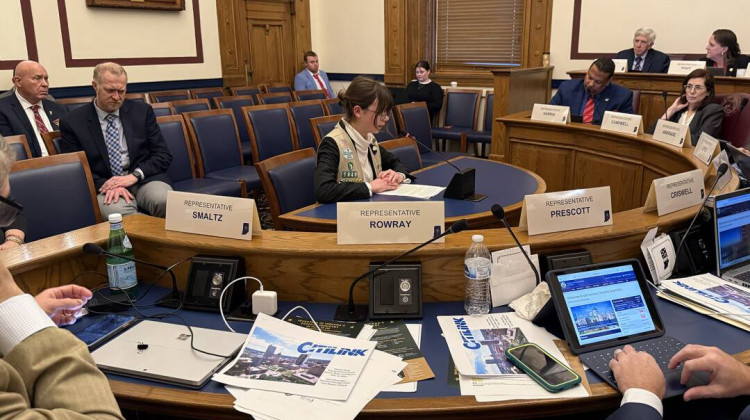The Hoosier Environmental Council joined with the Hoosier Chapter of the Sierra Club and Indiana Wildlife Federation to recommend greater protections for the lake sturgeon in the East Fork of the White River.
The species is already on the Indiana's endangered species list which protects the fish from intentional killing, like fishing; however, the organizations recommend that the U.S. Fish and Wildlife Service list lake sturgeon as threatened or endangered, which would require habitat protection as well.
Tim Maloney, senior policy director for the HEC, said the federal listing would also require a recovery plan outlining actions to increase the population beyond the threat of extinction.
"This may include funding for habitat protection and restoration, such as building a fish passage around Williams Dam, which now blocks the sturgeon's migration upstream," Maloney said.
Lake sturgeon are slow-growing, long-lived fish, with females living up to 150 years. The females don’t begin reproducing until between 14 and 33 years, and then only lay eggs every three to 12 years. Those characteristics make it a challenge for the fish to bounce back from population declines.
Though it is native to six states in the Ohio River basin, the lake sturgeon population living in the East Fork of the White River is the only known naturally reproducing population left, making it especially unique.
IWF Executive Director Emily Wood explained the species' importance.
"Lake Sturgeon are an indicator species -- meaning their failure to thrive or show signs of rebounding is likely an indicator of poor water quality, outcomes of climate change and excessively degraded habitat," Wood said. "In the Ohio River Basin, this fish becomes the new canary in the coal mine."
"This is currently a huge topic of debate in the Ohio River Basin as the Trump Administration has directed the EPA to weaken the protections of the Clean Water Act and would give coal-burning facilities the green light to discharge more contaminates into the river," Wood said.
 DONATE
DONATE








 Support WFYI. We can't do it without you.
Support WFYI. We can't do it without you.